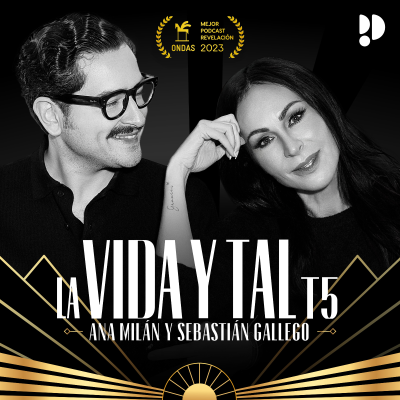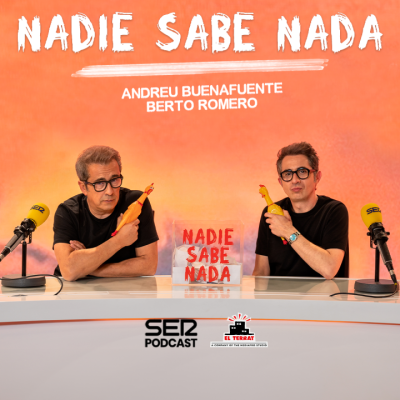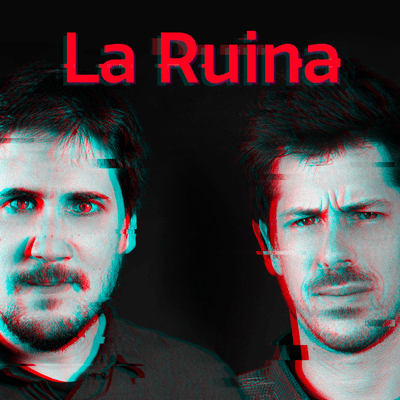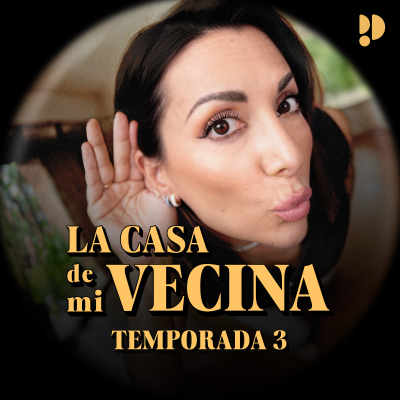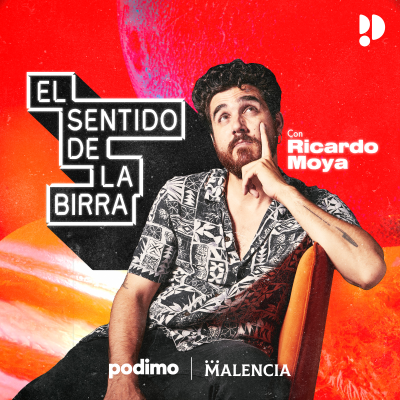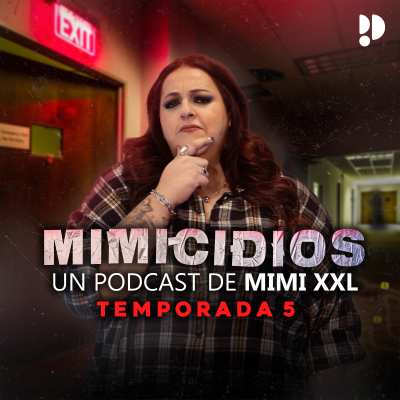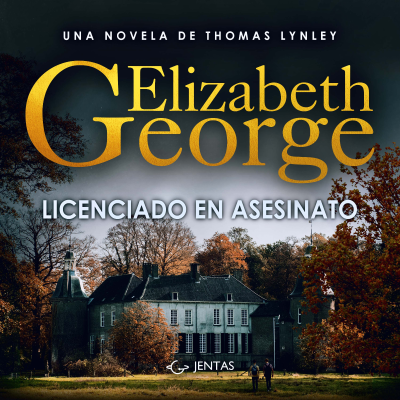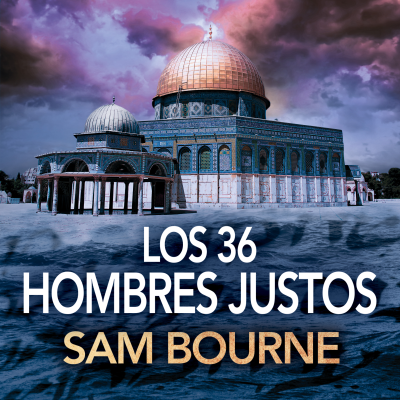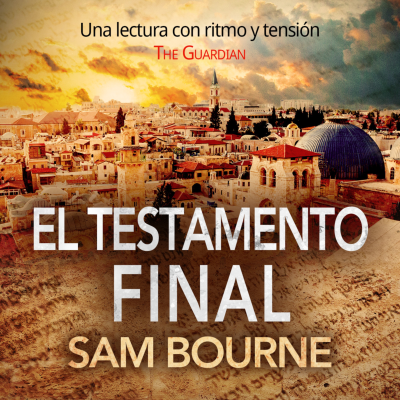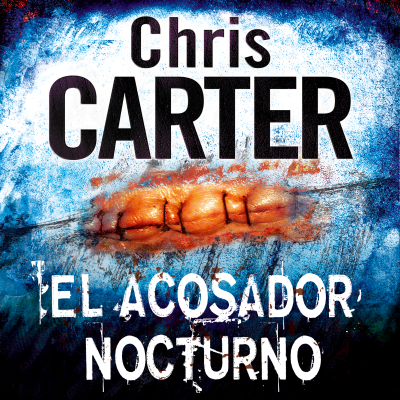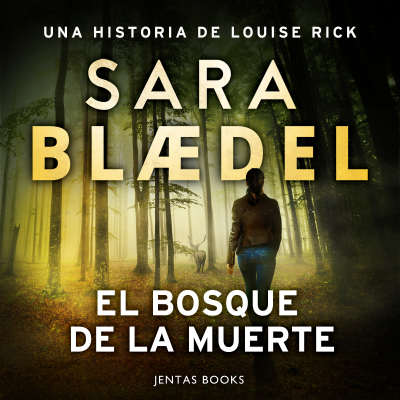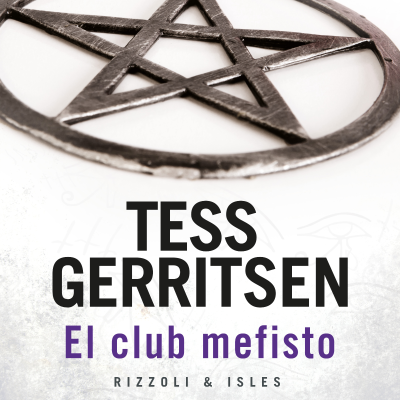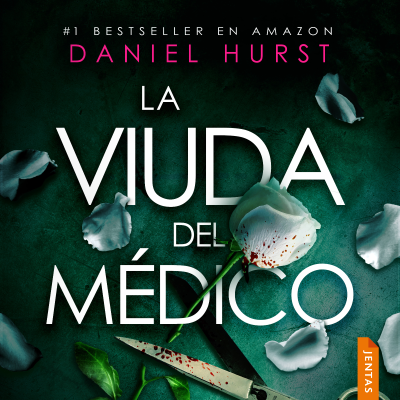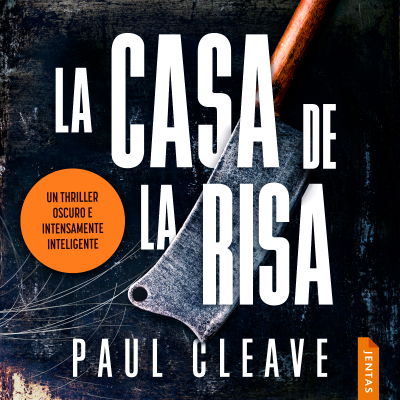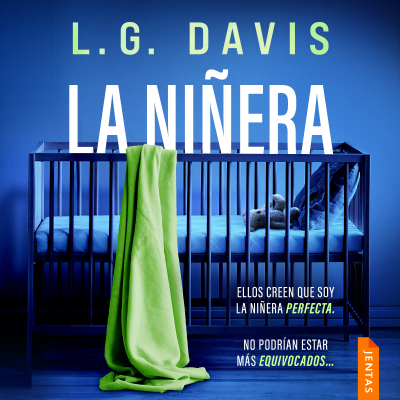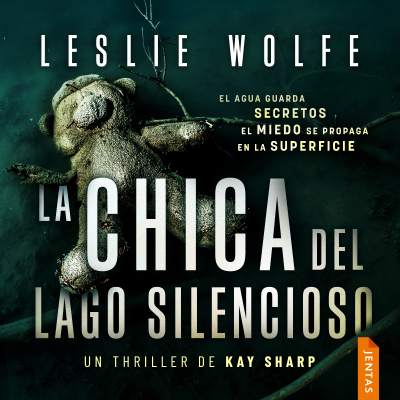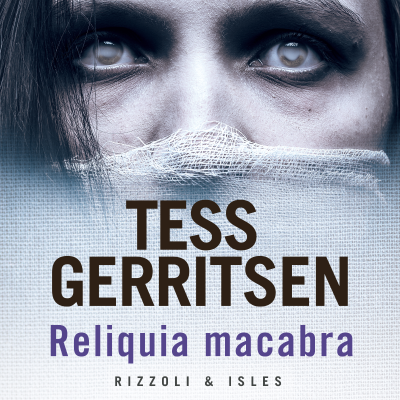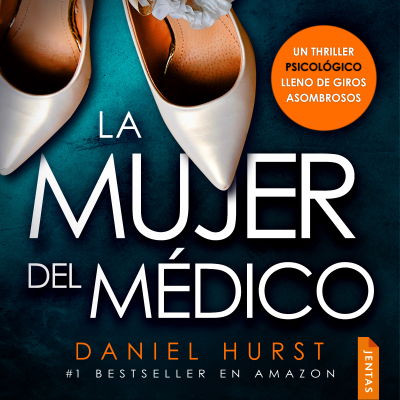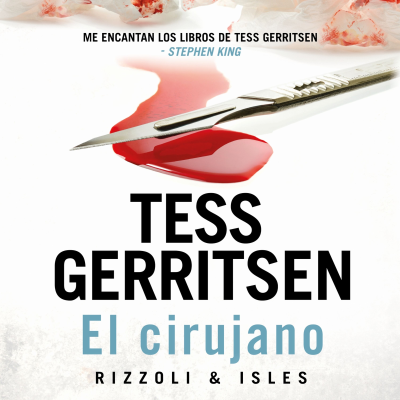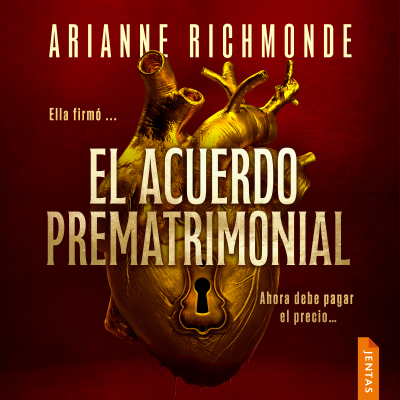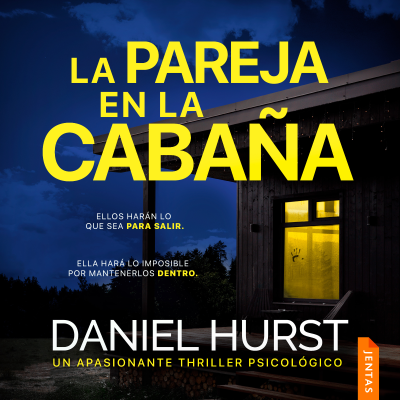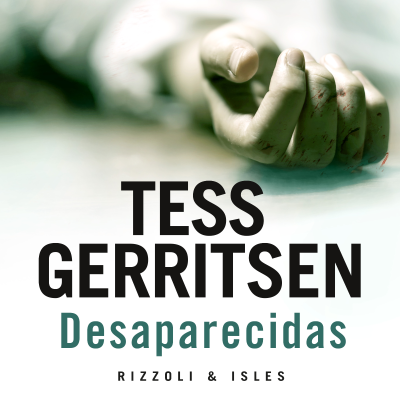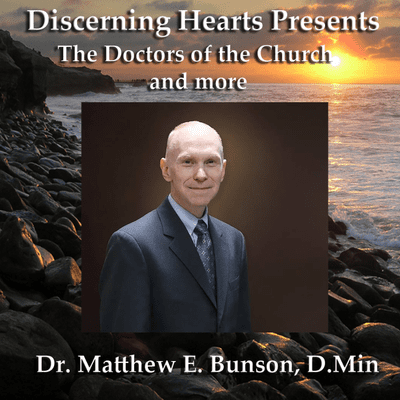
Dr. Matthew Bunson - Discerning Hearts Catholic Podcasts
Podcast de Dr. Matthew Bunson with Kris McGregor
Disfruta 90 días gratis
9,99 € / mes después de la prueba.Cancela cuando quieras.

Más de 1 millón de oyentes
Podimo te va a encantar, y no sólo a ti
Valorado con 4,7 en la App Store
Acerca de Dr. Matthew Bunson - Discerning Hearts Catholic Podcasts
With spiritual depth and theological richness, Dr. Matthew Bunson examines the lives the saints and the history of the Church. “The Doctors of the Church: The Charism of Wisdom is a premium offering in the line-up
Todos los episodios
39 episodiosST. AMBROSE OF MILAN, PART 1 – THE DOCTORS OF THE CHURCH WITH DR. MATTHEW BUNSON [https://www.discerninghearts.com/catholic-podcasts/wp-content/uploads/2015/08/Matthew-Bunson-1-300x279.jpg] Dr. Matthew Bunson and Kris McGregor discuss St. Ambrose, the catechumen who became a bishop, in part 1 of a 2-part conversation. Born: 340 AD Died: January 1, 397 AD For more on St. Ambrose of Milan and his teachings Ambrose [http://www.newadvent.org/cathen/01383c.htm] – On the Christian Faith (De fide) [http://www.newadvent.org/fathers/3404.htm] – On the Holy Spirit [http://www.newadvent.org/fathers/3402.htm] – On the Mysteries [http://www.newadvent.org/fathers/3405.htm] – On Repentance [http://www.newadvent.org/fathers/3406.htm] – On the Duties of the Clergy [http://www.newadvent.org/fathers/3401.htm] – Concerning Virgins [http://www.newadvent.org/fathers/3407.htm] – Concerning Widows [http://www.newadvent.org/fathers/3408.htm] – On the Death of Satyrus [http://www.newadvent.org/fathers/3403.htm] – Memorial of Symmachus [http://www.newadvent.org/fathers/3410.htm] – Sermon against Auxentius [http://www.newadvent.org/fathers/3411.htm] – Letters [http://www.newadvent.org/fathers/3409.htm] [https://www.discerninghearts.com/catholic-podcasts/wp-content/uploads/2019/04/St.-Ambrose.jpg] ---------------------------------------- FOR MORE FROM DR. MATTHEW BUNSON CHECK OUT HIS DISCERNING HEARTS PAGE [https://www.discerninghearts.com/?page_id=1734] Dr. Matthew E. Bunson is a Register senior editor and senior contributor to EWTN News. For the past 20 years, he has been active in the area of Catholic social communications and education, including writing, editing, and teaching on a variety of topics related to Church history, the papacy, the saints, and Catholic culture. He is faculty chair at Catholic Distance University, a senior fellow of the St. Paul Center for Biblical Theology, and the author or co-author of over 50 books including The Encyclopedia of Catholic History, The Pope Encyclopedia, We Have a Pope! Benedict XVI, The Saints Encyclopedia and best-selling biographies of St. Damien of Molokai and St. Kateri Tekakwitha. The post DC7 St. Ambrose of Milan, Part 1 – The Doctors of the Church: The Charism of Wisdom with Dr. Matthew Bunson – Discerning Hearts Podcast [https://www.discerninghearts.com/catholic-podcasts/st-ambrose-of-milan-part-1-the-doctors-of-the-church-with-dr-matthew-bunson-discerning-hearts-podcast/] appeared first on Discerning Hearts Catholic Podcasts [https://www.discerninghearts.com/catholic-podcasts].
ST. JOHN DAMASCENE, PART 1 – THE DOCTORS OF THE CHURCH: THE CHARISM OF WISDOM WITH DR. MATTHEW BUNSON[https://www.discerninghearts.com/catholic-podcasts/wp-content/uploads/2015/08/Matthew-Bunson-1.jpg] Dr. Matthew Bunson discusses the life, times and teachings of St. John Damascene * Born: 676 AD, Damascus, Syria * Died: December 4, 749 AD, Mar Saba, Jordan ---------------------------------------- For more on St. John Damascene and his teachings From Vatican.va, [http://www.vatican.va/holy_father/benedict_xvi/audiences/2009/documents/hf_ben-xvi_aud_20090506_en.html]an excerpt from the teachings of Pope Benedict XVI General Audience 2008 [http://www.vatican.va/holy_father/benedict_xvi/audiences/2009/documents/hf_ben-xvi_aud_20090506_en.html] > Today I should like to speak about John Damascene, a personage of prime importance in the history of Byzantine Theology, a great Doctor in the history of the Universal Church. Above all he was an eyewitness of the passage from the Greek and Syrian Christian cultures shared by the Eastern part of the Byzantine Empire, to the Islamic culture, which spread through its military conquests in the territory commonly known as the Middle or Near East. John, born into a wealthy Christian family, at an early age assumed the role, perhaps already held by his father, of Treasurer of the Caliphate. Very soon, however, dissatisfied with life at court, he decided on a monastic life, and entered the monastery of Mar Saba, near Jerusalem. This was around the year 700. He never again left the monastery, but dedicated all his energy to ascesis and literary work, not disdaining a certain amount of pastoral activity, as is shown by his numerous homilies. His liturgical commemoration is on the 4 December. Pope Leo XIII [http://www.vatican.va/holy_father/leo_xiii/index.htm] proclaimed him Doctor of the Universal Church in 1890.[https://www.discerninghearts.com/catholic-podcasts/wp-content/uploads/2019/08/St.-John-Damascene1.jpg] > > > In the East, his best remembered works are the three Discourses against those who calumniate which were condemned after his death by the iconoclastic Council of Hieria (754). These discourses, however, were also the fundamental grounds for his rehabilitation and canonization on the part of the Orthodox Fathers summoned to the Council of Nicaea (787), the Seventh Ecumenical Council. In these texts it is possible to trace the first important theological attempts to legitimise the veneration of sacred images, relating them to the mystery of the Incarnation of the Son of God in the womb of the Virgin Mary. > > > John Damascene was also among the first to distinguish, in the cult, both public and private, of the Christians, between worship (latreia), and veneration (proskynesis): the first can only be offered to God, spiritual above all else, the second, on the other hand, can make use of an image to address the one whom the image represents. Obviously the Saint can in no way be identified with the material of which the icon is composed. This distinction was immediately seen to be very important in finding an answer in Christian terms to those who considered universal and eternal the strict Old Testament prohibition against the use of cult images. This was also a matter of great debate in the Islamic world, which accepts the Jewish tradition of the total exclusion of cult images. Christians, on the other hand, in this context, have discussed the problem and found a justification for the veneration of images. John Damascene writes, “In other ages God had not been represented in images, being incorporate and faceless. But since God has now been seen in the flesh, and lived among men, I represent that part of God which is visible. I do not venerate matter, but the Creator of matter, who became matter for my sake and deigned to live in matter and bring about my salvation through matter. I will not cease therefore to venerate that matter through which my salvation was achieved. But I do not venerate it in absolute terms as God! How could that which, from non-existence, has been given existence, be God?… But I also venerate and respect all the rest of matter which has brought me salvation, since it is full of energy and Holy graces. Is not the wood of the Cross, three times blessed, matter?… And the ink, and the most Holy Book of the Gospels, are they not matter? The redeeming altar which dispenses the Bread of life, is it not matter?… And, before all else, are not the flesh and blood of Our Lord matter? Either we must suppress the sacred nature of all these things, or we must concede to the tradition of the Church the veneration of the images of God and that of the friends of God who are sanctified by the name they bear, and for this reason are possessed by the grace of the Holy Spirit. Do not, therefore, offend matter: it is not contemptible, because nothing that God has made is contemptible” (cf. Contra imaginum calumniatores, I, 16, ed. Kotter, pp. 89-90). We see that as a result of the Incarnation, matter is seen to have become divine, is seen as the habitation of God. It is a new vision of the world and of material reality. God became flesh and flesh became truly the habitation of God, whose glory shines in the human Face of Christ. Thus the arguments of the Doctor of the East are still extremely relevant today, considering the very great dignity that matter has acquired through the Incarnation, capable of becoming, through faith, a sign and a sacrament, efficacious in the meeting of man with God. John Damascene remains, therefore, a privileged witness of the cult of icons, which would come to be one of the most distinctive aspects of Eastern spirituality up to the present day. It is, however, a form of cult which belongs simply to the Christian faith, to the faith in that God who became flesh and was made visible. The teaching of Saint John Damascene thus finds its place in the tradition of the universal Church, whose sacramental doctrine foresees that material elements taken from nature can become vehicles of grace by virtue of the invocation (epiclesis) of the Holy Spirit, accompanied by the confession of the true faith. > For more visit Vatican.va [http://www.vatican.va/holy_father/benedict_xvi/audiences/2009/documents/hf_ben-xvi_aud_20090506_en.html] ---------------------------------------- For more from Dr. Matthew Bunson check out his Discerning Hearts page [https://www.discerninghearts.com/?page_id=1734] Dr. Matthew E. Bunson is a Register senior editor and a senior contributor to EWTN News. For the past 20 years, he has been active in the area of Catholic social communications and education, including writing, editing, and teaching on a variety of topics related to Church history, the papacy, the saints and Catholic culture. He is faculty chair at Catholic Distance University, a senior fellow of the St. Paul Center for Biblical Theology, and the author or co-author of over 50 books including The Encyclopedia of Catholic History, The Pope Encyclopedia, We Have a Pope! Benedict XVI, The Saints Encyclopedia and best-selling biographies of St. Damien of Molokai and St. Kateri Tekakwitha. The post DC18 St. John Damascene, Part 1 – The Doctors of the Church: The Charism of Wisdom with Dr. Matthew Bunson – Discerning Hearts Podcast [https://www.discerninghearts.com/catholic-podcasts/dc18-st-john-damascene-pt-1-the-doctors-of-the-church-the-charism-of-wisdom-with-dr-matthew-bunson/] appeared first on Discerning Hearts Catholic Podcasts [https://www.discerninghearts.com/catholic-podcasts].
[https://www.discerninghearts.com/catholic-podcasts/wp-content/uploads/2015/08/Matthew-Bunson-1.jpg] Dr. Matthew Bunson discusses the life, times and teachings of St. Cyril of Alexandria * Born: 378 AD, Alexandria, Egypt * Died: June 27, 444 AD, Alexandria, Egypt For more on St. Cyril of Alexandria and his teachings Clement of Alexandria [http://www.newadvent.org/cathen/04045a.htm] – Who is the Rich Man That Shall Be Saved? [http://www.newadvent.org/fathers/0207.htm] – Exhortation to the Heathen [http://www.newadvent.org/fathers/0208.htm] – The Instructor [http://www.newadvent.org/fathers/0209.htm] – The Stromata, or Miscellanies [http://www.newadvent.org/fathers/0210.htm] – Fragments [http://www.newadvent.org/fathers/0211.htm] From Vatican.va, [http://www.vatican.va/holy_father/benedict_xvi/audiences/2007/documents/hf_ben-xvi_aud_20071003_en.html]an excerpt from the teachings of [http://www.vatican.va/holy_father/benedict_xvi/audiences/2007/documents/hf_ben-xvi_aud_20071024_en.html] Pope Benedict XVI General Audience 2007 [http://www.vatican.va/holy_father/benedict_xvi/audiences/2007/documents/hf_ben-xvi_aud_20071003_en.html] > Cyril’s writings – truly numerous and already widely disseminated in various Latin and Eastern translations in his own lifetime, attested to by their instant success – are of the utmost importance for the history of Christianity. His commentaries on many of the New and Old Testament Books are important, including those on the entire Pentateuch, Isaiah, the Psalms and the Gospels of John and Luke. Also important are his many doctrinal works, in which the defence of the Trinitarian faith against the Arian and Nestorian theses recurs. The basis of Cyril’s teaching is the ecclesiastical tradition and in particular, as I mentioned, the writings of Athanasius, his great Predecessor in the See of Alexandria. Among Cyril’s other writings, the books Against Julian deserve mention. They were the last great response to the anti-Christian controversies, probably dictated by the Bishop of Alexandria in the last years of his life to respond to the work Against the Galileans, composed many years earlier in 363 by the Emperor known as the “Apostate” for having abandoned the Christianity in which he was raised. > > > The Christian faith is first and foremost the encounter with Jesus, “a Person, which gives life a new horizon” (Deus Caritas Est [http://www.vatican.va/holy_father/benedict_xvi/encyclicals/documents/hf_ben-xvi_enc_20051225_deus-caritas-est_en.html], n. 1). St Cyril of Alexandria was an unflagging, staunch witness of Jesus Christ, the Incarnate Word of God, emphasizing above all his unity, as he repeats in 433 in his first letter (PG 77, 228-237) to Bishop Succensus: “Only one is the Son, only one the Lord Jesus Christ, both before the Incarnation and after the Incarnation. Indeed, the Logos born of God the Father was not one Son and the one born of the Blessed Virgin another; but we believe that the very One who was born before the ages was also born according to the flesh and of a woman”. Over and above its doctrinal meaning, this assertion shows that faith in Jesus the Logos born of the Father is firmly rooted in history because, as St Cyril affirms, this same Jesus came in time with his birth from Mary, the Theotò-kos, and in accordance with his promise will always be with us. And this is important: God is eternal, he is born of a woman, and he stays with us every day. In this trust we live, in this trust we find the way for our life. > For more visit Vatican.va [http://www.vatican.va/holy_father/benedict_xvi/audiences/2007/documents/hf_ben-xvi_aud_20071003_en.html] Dr. Matthew E. Bunson is a Register senior editor and a senior contributor to EWTN News. For the past 20 years, he has been active in the area of Catholic social communications and education, including writing, editing, and teaching on a variety of topics related to Church history, the papacy, the saints and Catholic culture. He is faculty chair at Catholic Distance University, a senior fellow of the St. Paul Center for Biblical Theology, and the author or co-author of over 50 books including The Encyclopedia of Catholic History, The Pope Encyclopedia, We Have a Pope! Benedict XVI, The Saints Encyclopedia and best-selling biographies of St. Damien of Molokai and St. Kateri Tekakwitha. The post DC12 St. Cyril of Alexandria – The Doctors of the Church: The Charism of Wisdom with Dr. Matthew Bunson [https://www.discerninghearts.com/catholic-podcasts/dc12-st-cyril-of-alexandria-the-doctors-of-the-church-the-charism-of-wisdom-with-dr-matthew-bunson-2/] appeared first on Discerning Hearts Catholic Podcasts [https://www.discerninghearts.com/catholic-podcasts].
St. Anthony of Padua Doctor of Church Matthew Bunson Podcast [https://www.discerninghearts.com/catholic-podcasts/wp-content/uploads/2015/08/Matthew-Bunson-1-300x279.jpg]DR. MATTHEW BUNSON DISCUSSES THE LIFE, TIMES AND TEACHINGS OF ST. ANTHONY OF PADUA 1. Born: August 15, 1195, Lisbon, Portugal 2. Died: June 13, 1231, Padua, Italy 3. Buried: Basilica of Saint Anthony of Padua, Padua, Italy 4. Parents: Vicente Martins , Teresa Pais Taveira For more on St. Anthony of Padua and his teachings From Vatican.va, [http://w2.vatican.va/content/benedict-xvi/en/audiences/2010/documents/hf_ben-xvi_aud_20100210.html] an excerpt from the teachings of Pope Benedict XVI [http://w2.vatican.va/content/benedict-xvi/en/audiences/2010/documents/hf_ben-xvi_aud_20100210.html] FROM THE GENERAL AUDIENCE ON ST. ANTHONY OF PADUA > With his outstanding gifts of intelligence, balance, apostolic zeal and, primarily, mystic fervour, Anthony contributed significantly to the development of Franciscan spirituality. > > > > IN ST ANTHONY’S TEACHING ON PRAYER WE PERCEIVE ONE OF THE SPECIFIC TRAITS OF THE FRANCISCAN THEOLOGY THAT HE FOUNDED: NAMELY THE ROLE ASSIGNED TO DIVINE LOVE WHICH ENTERS INTO THE SPHERE OF THE AFFECTIONS, OF THE WILL AND OF THE HEART, AND WHICH IS ALSO THE SOURCE FROM WHICH FLOWS A SPIRITUAL KNOWLEDGE THAT SURPASSES ALL OTHER KNOWLEDGE. IN FACT, IT IS IN LOVING THAT WE COME TO KNOW. > > > Anthony writes further: “Charity is the soul of faith, it gives it life; without love, faith dies” (Sermones Dominicales et Festivi II, Messagero, Padua 1979, p. 37). > > > It is only the prayerful soul that can progress in spiritual life: this is the privileged object of St Anthony’s preaching. He is thoroughly familiar with the shortcomings of human nature, with our tendency to lapse into sin, which is why he continuously urges us to fight the inclination to avidity, pride and impurity; instead of practising the virtues of poverty and generosity, of humility and obedience, of chastity and of purity. At the beginning of the 13th century, in the context of the rebirth of the city and the flourishing of trade, the number of people who were insensitive to the needs of the poor increased. This is why on various occasions Anthony invites the faithful to think of the true riches, those of the heart, which make people good and merciful and permit them to lay up treasure in Heaven. “O rich people”, he urged them, “befriend… the poor, welcome them into your homes: it will subsequently be they who receive you in the eternal tabernacles in which is the beauty of peace, the confidence of security and the opulent tranquillity of eternal satiety” (ibid., p. 29). > > > Anthony, in the school of Francis, always put Christ at the centre of his life and thinking, of his action and of his preaching. This is another characteristic feature of Franciscan theology: Christocentrism. Franciscan theology willingly contemplates and invites others to contemplate the mysteries of the Lord’s humanity, the man Jesus, and in a special way the mystery of the Nativity: God who made himself a Child and gave himself into our hands, a mystery that gives rise to sentiments of love and gratitude for divine goodness. > > > For more visit Vatican.va [http://w2.vatican.va/content/benedict-xvi/en/audiences/2010/documents/hf_ben-xvi_aud_20100210.html] For more from Dr. Matthew Bunson check out his Discerning Hearts page [https://www.discerninghearts.com/catholic-podcasts/dr-matthew-bunson-the-doctors-of-the-church-and-more/] Dr. Matthew E. Bunson is a Register senior editor and a senior contributor to EWTN News. For the past 20 years, he has been active in the area of Catholic social communications and education, including writing, editing, and teaching on a variety of topics related to Church history, the papacy, the saints, and Catholic culture. He is faculty chair at Catholic Distance University, a senior fellow of the St. Paul Center for Biblical Theology, and the author or co-author of over 50 books including The Encyclopedia of Catholic History, The Pope Encyclopedia, We Have a Pope! Benedict XVI, The Saints Encyclopedia and best-selling biographies of St. Damien of Molokai and St. Kateri Tekakwitha. The post DC33 St. Anthony of Padua – The Doctors of the Church: The Charism of Wisdom w/ Dr. Matthew Bunson [https://www.discerninghearts.com/catholic-podcasts/st-anthony-of-padua-the-doctors-of-the-church-the-charism-of-wisdom-w-dr-matthew-bunson/] appeared first on Discerning Hearts Catholic Podcasts [https://www.discerninghearts.com/catholic-podcasts].
[https://www.discerninghearts.com/catholic-podcasts/wp-content/uploads/2015/08/Matthew-Bunson-1.jpg] Dr. Matthew Bunson discusses the life, times and teachings of St. Teresa of Avila 1. Born: March 28, 1515, Gotarrendura, Spain Died: October 4, 1582, Alba de Tormes, Spain 2. Nationality: Spanish For more on St. Teresa of Avila [https://www.discerninghearts.com/catholic-podcasts/st-teresa-of-avila/]and her teachings visit her Discerning Hearts page [https://www.discerninghearts.com/catholic-podcasts/st-teresa-of-avila/] From Vatican.va, [https://w2.vatican.va/content/benedict-xvi/en/audiences/2011/documents/hf_ben-xvi_aud_20110202.html] an excerpt from the teachings of [https://w2.vatican.va/content/benedict-xvi/en/audiences/2011/documents/hf_ben-xvi_aud_20110202.html] Pope Benedict XVI [http://w2.vatican.va/content/benedict-xvi/en/audiences/2010/documents/hf_ben-xvi_aud_20101124.html] FROM THE GENERAL AUDIENCE ON ST. TERESA OF AVILA > St Teresa, whose name was Teresa de Cepeda y Ahumada, was born in Avila, Spain, in 1515. In her autobiography she mentions some details of her childhood: she was born into a large family, her “father and mother, who were devout and feared God”, into a large family. She had three sisters and nine brothers. > > > While she was still a child and not yet nine years old she had the opportunity to read the lives of several Martyrs which inspired in her such a longing for martyrdom that she briefly ran away from home in order to die a Martyr’s death and to go to Heaven (cf. Vida, [Life], 1, 4); “I want to see God”, the little girl told her parents. > > > A few years later Teresa was to speak of her childhood reading and to state that she had discovered in it the way of truth which she sums up in two fundamental principles. > > > On the one hand was the fact that “all things of this world will pass away” while on the other God alone is “for ever, ever, ever”, a topic that recurs in her best known poem: “Let nothing disturb you, Let nothing frighten you, All things are passing away: God never changes. Patience obtains all things. Whoever has God lacks nothing; God alone suffices”. She was about 12 years old when her mother died and she implored the Virgin Most Holy to be her mother (cf. Vida, I, 7). > > > If in her adolescence the reading of profane books had led to the distractions of a worldly life, her experience as a pupil of the Augustinian nuns of Santa María de las Gracias de Avila and her reading of spiritual books, especially the classics of Franciscan spirituality, introduced her to recollection and prayer. > > > [https://www.discerninghearts.com/catholic-podcasts/wp-content/uploads/2016/10/Teresa-de-AvilaQuadro-pintado-por-Frei-João-da-Miseria-238x300.jpg]When she was 20 she entered the Carmelite Monastery of the Incarnation, also in Avila. In her religious life she took the name “Teresa of Jesus”. Three years later she fell seriously ill, so ill that she remained in a coma for four days, looking as if she were dead (cf. Vida, 5, 9). > > > In the fight against her own illnesses too the Saint saw the combat against weaknesses and the resistance to God’s call: “I wished to live”, she wrote, “but I saw clearly that I was not living, but rather wrestling with the shadow of death; there was no one to give me life, and I was not able to take it. He who could have given it to me had good reasons for not coming to my aid, seeing that he had brought me back to himself so many times, and I as often had left him” (Vida, 7, 8). > > > In 1543 she lost the closeness of her relatives; her father died and all her siblings, one after another, emigrated to America. In Lent 1554, when she was 39 years old, Teresa reached the climax of her struggle against her own weaknesses. The fortuitous discovery of the statue of “a Christ most grievously wounded”, left a deep mark on her life (cf. Vida, 9). > > > The Saint, who in that period felt deeply in tune with the St Augustine of the Confessions, thus describes the decisive day of her mystical experience: “and… a feeling of the presence of God would come over me unexpectedly, so that I could in no wise doubt either that he was within me, or that I was wholly absorbed in him” (Vida, 10, 1). > > > Parallel to her inner development, the Saint began in practice to realize her ideal of the reform of the Carmelite Order: in 1562 she founded the first reformed Carmel in Avila, with the support of the city’s Bishop, Don Alvaro de Mendoza, and shortly afterwards also received the approval of John Baptist Rossi, the Order’s Superior General. > > > In the years that followed, she continued her foundations of new Carmelite convents, 17 in all. Her meeting with St John of the Cross was fundamental. With him, in 1568, she set up the first convent of Discalced Carmelites in Duruelo, not far from Avila. > > > In 1580 she obtained from Rome the authorization for her reformed Carmels as a separate, autonomous Province. This was the starting point for the Discalced Carmelite Order. > > > Indeed, Teresa’s earthly life ended while she was in the middle of her founding activities. She died on the night of 15 October 1582 in Alba de Tormes, after setting up the Carmelite Convent in Burgos, while on her way back to Avila. Her last humble words were: “After all I die as a child of the Church”, and “O my Lord and my Spouse, the hour that I have longed for has come. It is time to meet one another”. > > > Teresa spent her entire life for the whole Church although she spent it in Spain. She was beatified by Pope Paul V in 1614 and canonized by Gregory XV in 1622. The Servant of God Paul VI proclaimed her a “Doctor of the Church” in 1970. > > > Teresa of Jesus had no academic education but always set great store by the teachings of theologians, men of letters and spiritual teachers. As a writer, she always adhered to what she had lived personally through or had seen in the experience of others (cf. Prologue to The Way of Perfection), in other words basing herself on her own first-hand knowledge. > > > Teresa had the opportunity to build up relations of spiritual friendship with many Saints and with St John of the Cross in particular. At the same time she nourished herself by reading the Fathers of the Church, St Jerome, St Gregory the Great and St Augustine. > > > Among her most important works we should mention first of all her autobiography, El libro de la vida (the book of life), which she called Libro de las misericordias del Señor [book of the Lord’s mercies]. > > > For more visit Vatican.va [https://w2.vatican.va/content/benedict-xvi/en/audiences/2011/documents/hf_ben-xvi_aud_20110202.html] For more from Dr. Matthew Bunson check out his Discerning Hearts page [https://www.discerninghearts.com/catholic-podcasts/dr-matthew-bunson-the-doctors-of-the-church-and-more/] Dr. Matthew E. Bunson is a Register senior editor and a senior contributor to EWTN News. For the past 20 years, he has been active in the area of Catholic social communications and education, including writing, editing, and teaching on a variety of topics related to Church history, the papacy, the saints, and Catholic culture. He is faculty chair at Catholic Distance University, a senior fellow of the St. Paul Center for Biblical Theology, and the author or co-author of over 50 books including The Encyclopedia of Catholic History, The Pope Encyclopedia, We Have a Pope! Benedict XVI, The Saints Encyclopedia and best-selling biographies of St. Damien of Molokai and St. Kateri Tekakwitha. The post DC40 St. Teresa of Avila pt 1– The Doctors of the Church: The Charism of Wisdom w/ Dr. Matthew Bunson [https://www.discerninghearts.com/catholic-podcasts/dc40-st-teresa-avila-pt-1-doctors-church-charism-wisdom-w-dr-matthew-bunson/] appeared first on Discerning Hearts Catholic Podcasts [https://www.discerninghearts.com/catholic-podcasts].

Valorado con 4,7 en la App Store
Disfruta 90 días gratis
9,99 € / mes después de la prueba.Cancela cuando quieras.
Podcasts exclusivos
Sin anuncios
Podcast gratuitos
Audiolibros
100 horas / mes
